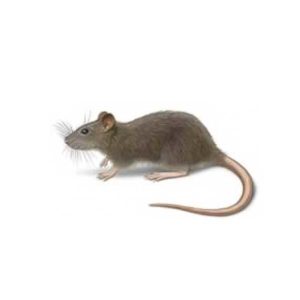Woodrats in Albuquerque NM
Woodrats are solitary, nocturnal rodents, and are found in various places around the nation. They are best known for their attraction to interesting, shiny objects. When woodrats encounter a bullet casing, coin, soda can tab, or article of jewelry, they will carry it until they encounter another, more interesting object leaving behind the old and departing with the new. This behavior also earned them the names “packrat” and “trade rat.” Woodrats occasionally nest in buildings, feeding on available food within the structure, but most often they continue to feed outside.
Woodrat Habitat
Woodrats are most often found in pinyon-juniper woodlands, chaparral, and desert scrub plant territories. Their nests are often bulky, exposed, and constructed out of sticks, cactus, and other organic debris. Woodrats have been observed moving into homes and other buildings under construction. They are excellent climbers and may find their way into attics, spaces between walls, and rock overhangs. Once inside, woodrats have the same tendencies for gnawing and property destruction as do the more common structural rats and mice. Large stick nests beneath a porch, in a woodshed or attic are signs of the presence of a woodrat.
Woodrat Behaviors and Dangers
Woodrats primarily eat green vegetation, twigs, seeds, fruits, acorns, and cactus. Nationwide, they are considered a pest of very minor occurrence; however, at times when these rodents access homes, they can create problems by shredding mattresses and upholstered furniture for lining nests. Woodrats can be an important factor in the transmission of certain diseases and parasites such as fleas. Their role in transmitting disease is considered minor, although dead or dying woodrats should not be handled with bare hands.
Because woodrats can be more dangerous than you think, always enlist the help of a local rodent exterminator when you have an infestation!
Need help with woodrats?
We'll call you! Leave your information below.





